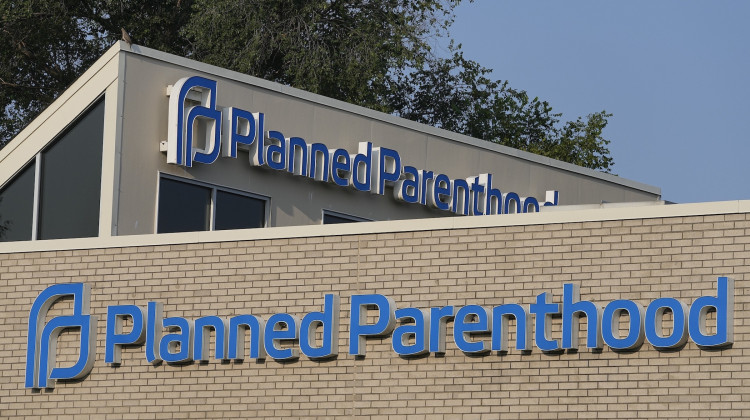
If nothing changes, one model estimates there could be nearly 400,000 Americans dead by Feburary.
SJ Obijo / CC-O UnsplashNow that summer is over and temperatures are dipping across the Midwest, people are headed indoors, some experts fear the already striking rise in cases is the beginning of another wave of COVID-19.
“I think that as fall moves forward ... what we're seeing right now is kind of a preview of what we can expect, as we even see colder temperatures come,” says Brian Dixon, director of public health informatics at the Indianapolis-based Regenstrief Institute.
Cases of COVID-19 had been declining for months, but now all Midwest states are seeing a spike in infections and hospitalizations.
Many intersecting factors likely are contributing to the rise in cases, including a reopening economy, schools in session and more adults back at work. There’s also what some people are calling “pandemic fatigue.”
“[It's been] more than six months and anything that goes above six months, people get apathetic about for sure,” Dixon says.
Amid these rising numbers, state officials are pleading with people to take the virus seriously.
“What we keep hearing is that people don't think COVID is a thing, that people are gathering in large groups without masks. They're not social distancing, and essentially, that they have pandemic fatigue,” Indiana Chief Medical Officer Dr. Lindsey Weaver said in a news conference last week. “You can look at our numbers and see, it's clear COVID is a thing.”
In the same news conference, State Health Commissioner Dr. Kristina Box announced she had contracted the virus.
In documents obtained by the Center for Public Integrity, the White House listed 24 states in a COVID-19 "red zone." All Midwest states are on this list, except for Ohio and Michigan.
However, despite the growing numbers of infections, governors in states like Iowa, Indiana and Missouri have rejected stricter public health measures.
“We would appreciate the help from our public health leaders in controlling the epidemic," says Dr. Jorge Salinas, an infectious disease specialist at University Hospital in Iowa City, Iowa. "Just banking on the fact that somebody will up clean after you — it's not a public health strategy.”
Iowa never had a statewide stay-at-home order, and Gov. Kim Reynolds also has yet to issue a mask mandate.
“We know how to control it, we know how to bring the numbers down,” Salinas says. “Unfortunately, many states in the Midwest have decided not to implement these robust public health measures that could bring the numbers down.”
And moving into winter, Salinas says the data is headed in the wrong direction. “If you're about to embark on something riskier — having more people in indoor settings — the game is to try to bring the incidence of COVID in the community down to an acceptable level.”
It’s a similar concept to reopening schools: Ideally, the spread of the virus should be low at first, with the expectation it will start to spread. Salinas says we should look at winter in the same way.
Illinois, a state hit hard in the early days of the pandemic, is also seeing a resurgence of the virus. In an effort to slow infection rates, Illinois will require travelers from surrounding states — including Indiana and Wisconsin — to quarantine after arrival.
“I just got a call, you know, that our hospital system is starting to fill up,” says Dr. Ernest Wang, past president of the Illinois College of Emergency Physicians.
“I think this is what we're seeing around the state is an increased number of cases, increased hospitalizations,” he adds. “And it's been pretty substantive in its rise.”
Some doctors and public health officials worry that in the weeks following this spike in cases, death counts also will rise. If nothing changes, one model estimates there could be nearly 400,000 Americans dead by Feburary.
This story was produced by Side Effects Public Media, a news collaborative covering public health.
 DONATE
DONATE






 Support WFYI. We can't do it without you.
Support WFYI. We can't do it without you.